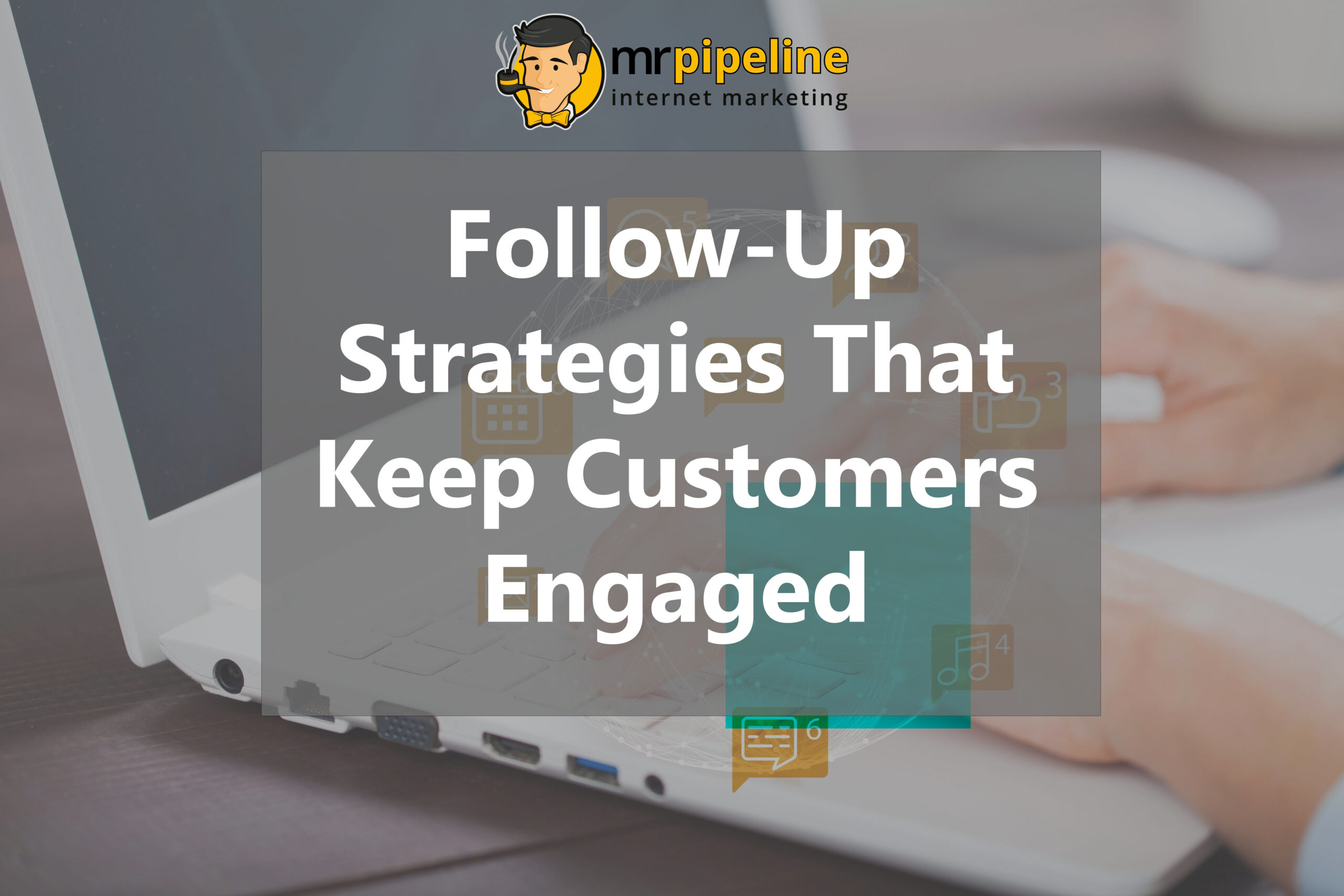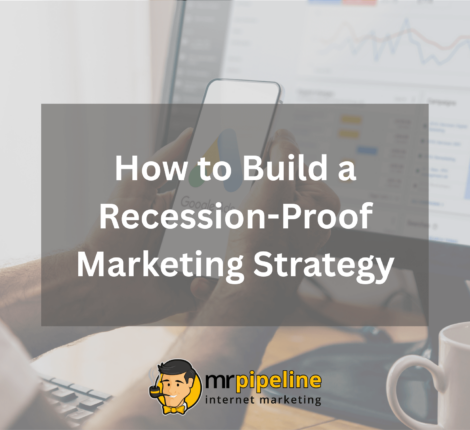- November 4, 2024
- Company Culture , Digital Marketing , Marketing Strategy
- Comments : 0
Follow-Up Strategies That Keep Customers Engaged
A great customer experience doesn’t stop when the job is done. Follow-up is key to keeping customers happy and coming back. The right follow-up strategies can turn a one-time client into a loyal customer. Home service businesses that follow up well can build trust and get more referrals.
Want to keep customers engaged even after the job is finished? Learn the best follow-up strategies to boost satisfaction and grow repeat business!
Why Follow-Ups Matter: The Key to Building Customer Loyalty
Your work isn’t done after completing a job. A well-timed follow-up reinforces your commitment to customer satisfaction and shows you genuinely care about their experience.
A well-timed follow-up can:
- Increase the likelihood of repeat business.
- Strengthen your relationship with the customer.
- Help resolve any lingering concerns before they escalate into complaints.
Following up turns a positive customer experience into a long-term business relationship.

Timing Is Everything: When to Follow Up Post-Service
The timing of your follow-up is critical. If you reach out too late, the customer might have forgotten the details of your service. A well-timed follow-up can ensure that your interaction feels thoughtful and genuine.
Here’s a simple guideline to keep in mind:
- Immediately After the Service: A quick “thank you” message or call to confirm that the job went smoothly.
- Within 24–48 Hours: A more personalized follow-up to check the customer’s satisfaction and invite feedback.
- A Week Later: A reminder or offer for future services. This can also be an opportunity to introduce a referral program or loyalty incentives.
By being proactive, you ensure that your customer feels valued and heard, which fosters trust and leads to repeat business.
Personalized Communication for Maximum Impact
Customers want to feel like they are more than just a number; personalized follow-ups can make all the difference. Whether it’s a follow-up email, phone call, or text message, tailor your communication to the specific customer and service you provided.
- Mention specific details about the service or your conversation with the customer to show that you remember their needs.
- Use their name and reference their property or project to make the message more personal.
- Provide tailored recommendations for future services based on what they might need next. This not only adds value but also shows your expertise.
Personalized customer follow-ups build trust and show that you care about each client individually, increasing their chances of returning for future services.
Use Multiple Channels to Stay Top of Mind
Not all customers prefer the same method of communication. Some may respond better to emails, while others prefer quick texts or phone calls. By using multiple channels, you can increase the response rate of your customers.
Great for detailed follow-ups and including helpful information, such as maintenance tips or reminders for future services.
Text Messages
Ideal for short, personal check-ins or appointment reminders.
Phone Calls
Perfect for gathering direct feedback or handling any service concerns promptly.
Social Media
You can follow up through platforms like Facebook or Instagram by engaging with your customers through comments or messages, keeping your business at the forefront of your mind.

Leverage Customer Feedback to Improve Your Business
Your follow-up is also an opportunity to learn how to improve. Ask for honest feedback in your follow-up, and note any recurring themes. If several customers mention the same concern, it might be time to rethink that aspect of your service.
- Surveys or Polls: Quick surveys are an easy way to collect feedback and understand the customer experience from their perspective.
- Incentivize Feedback: Offer small incentives, such as discounts or gift cards, to encourage customers to leave reviews or complete feedback forms.
- Make Improvements Based on Feedback: Use the information you gather to tweak your service offerings, processes, or customer communication. Showing customers that you’re actively improving based on their feedback can go a long way in building loyalty.
Gathering and acting on customer feedback helps your business grow and shows clients that their opinions are valued and taken seriously.
Bottom Line
Following up with your customers is the key to building lasting relationships, increasing repeat business, and growing your company. Using these follow-up strategies helps your customers remain engaged and satisfied long after the initial service is complete. A thoughtful follow-up is your opportunity to stand out, build trust, and foster loyalty in an increasingly competitive market.







